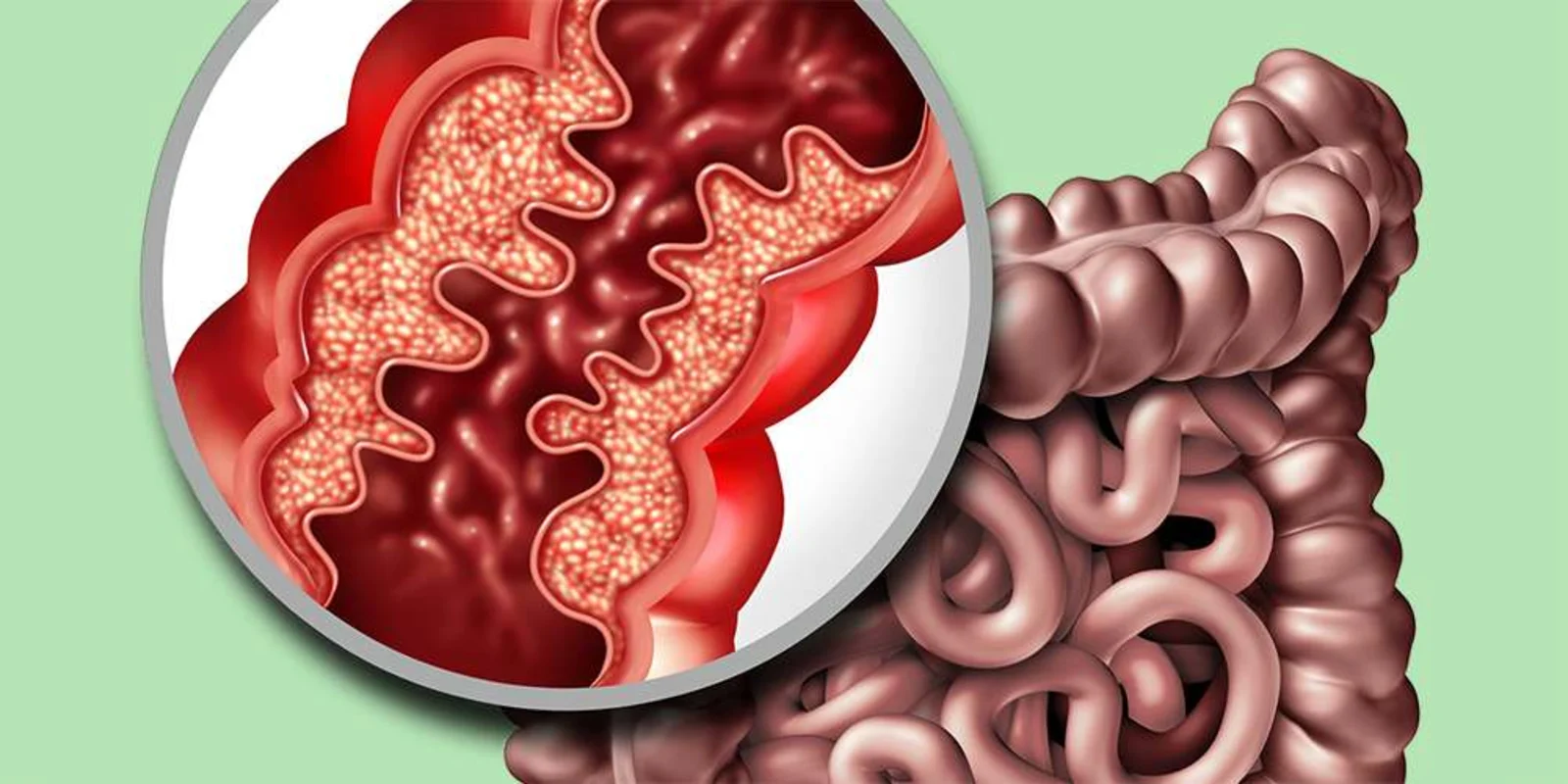In my view, IBD was put into perspective from the beginning with the outstanding “Kiron and Kamala Das Symposium-Precision Medicine in IBD: The Road Ahead.” For those who are unfamiliar with Kiron Das’ work in IBD, in many ways, he presaged attempts to identify biomarkers dating back to the 1970s when he first identified IgG antibodies that bound to the colonic epithelium in patients with ulcerative colitis (UC), and subsequently bile duct epithelium in primary sclerosing cholangitis (PSC) patients.
The symposium kicked off with a discussion of Prognostication of Disease Course by Dr. Severine Vermeire, followed by “How Clinical Phenotypes Aid in Picking the Right Therapy for Patients” by Dr. Parambir Dulai, “Statistical Methods for Therapeutic Sequencing: Meta-Analyses and Network Meta-Analyses” by Dr. Sid Singh, and finally “The Emerging Role of Multi-Omics in Personalizing IBD Therapy” by Dr. Bram Verstockt. Together, I saw them as the four blind people describing an elephant from different body parts — or perspectives.
Unfortunately, as Claudio Fiocchi once told me when I said to him that IBD was too complicated and needed a simpler explanation, “IBD is complicated.”
The four speakers described the complexity of IBD predicated on the presumed etiopathogenesis based on genetics, environment including the microbiome, and the immune system, each of which has its complexities. At DDW 2023 the impact of early imprinting based on the microbiome, genetics, and epigenetics highlighted protective factors from ages 0-4 against the development of IBD (vaginal delivery, breastfeeding, and rural living) and risk factors (cesarean section, urban living and antibiotic exposure) versus longer-term impacts protecting against IBD (Mediterranean diet, fiber, smoking in UC) and the risk factors of high-fat diet, emulsifiers, smoking in Crohn’s disease, etc.) were elucidated. But diagnostic and classification challenges remain as the spectrum of IBD, including disease location (colon vs small bowel predominant), disease behavior (luminal, stricturing, fistulizing), presence of extra-intestinal manifestations (including PSC), or surgical intervention (resections, ileo-anal pouches) continue to expand and now include drug-induced IBD most commonly NSAIDs and most recently Immune-Checkpoint enterocolopathies. They individually and mutually comprise what Fiocchi has described as the IBD Interactome.
All of the aforementioned topics within the Das symposium described the challenges to elucidating prognosis and treatment, which contribute to our current “therapeutic ceiling” described by Tim Raine and Silvio Danese. Subsequent presentations at DDW 2024 discussed outcomes of novel therapies, including targeting IL-23, sphingosine-1 phosphate modulators, miRNA 124, and combinations of anti-cytokine (TNFi + IL-23 or transitioning therapies) and an innovative approach to biomarker-driven “step-up vs top-down” treatment of early Crohn’s disease, the most remarkable contribution to effective management of Crohn’s and preventing disease progression continues to be early treatment as was presented with the previously reported PROFILE study at ECCO 2024 and recently published. The 17-gene blood-based biomarker was ineffective at predicting response or non-response to infliximab + azathioprine top-down vs step-up efficacy.
Hence, while we continue to describe the precision (elephant) in the room in IBD from numerous etiopathogenetic perspectives, the challenges remain the complexities of each contributing factor. Furthermore, as I mentioned during the discussion session, the additional problem is that the elephant is not standing still; it is walking while we try to describe it. Hopefully, advances in artificial intelligence (increasingly elucidated at DDW 2024) may provide a necessarily complex answer to the complexities of inflammatory bowel diseases. Now, on to 2025.
Dr. Hanauer has not disclosed any conflicts of interest.
Image by wildpixel / Getty Images







